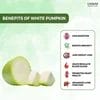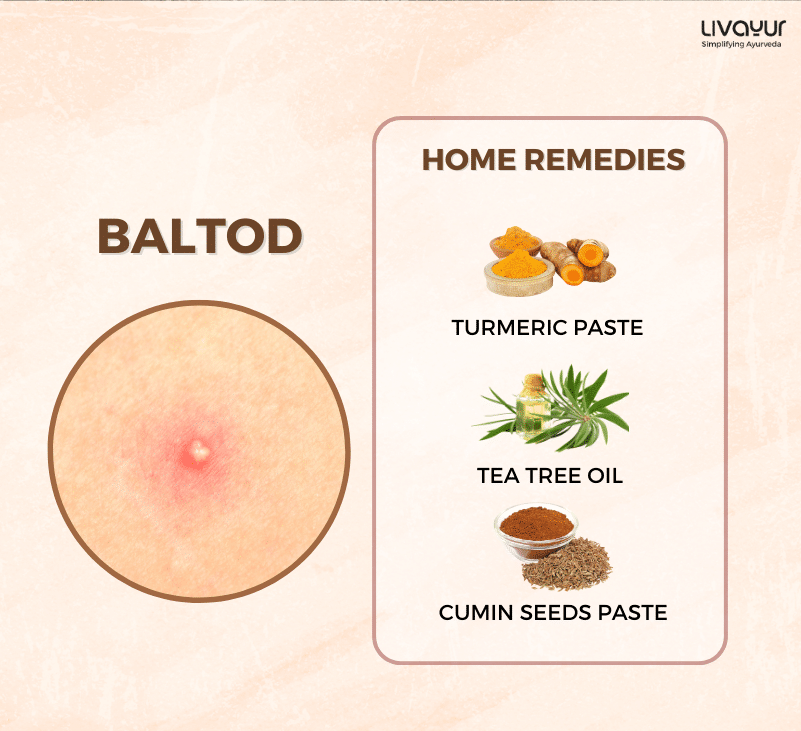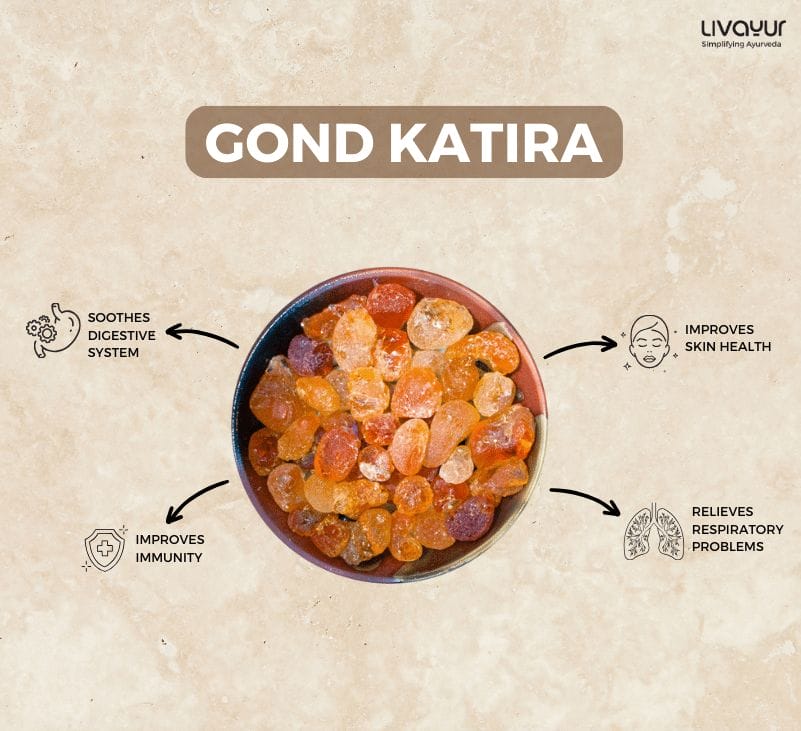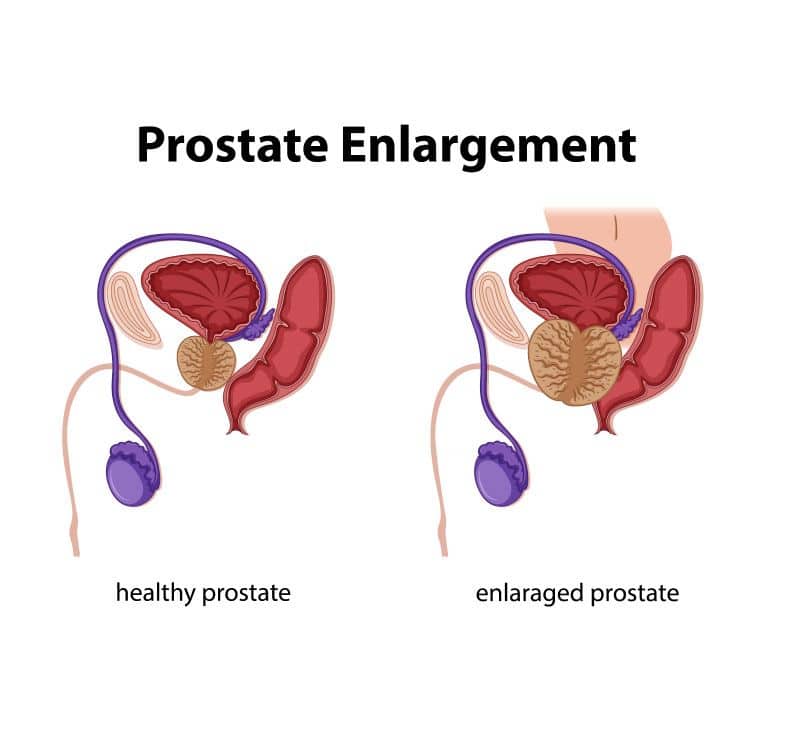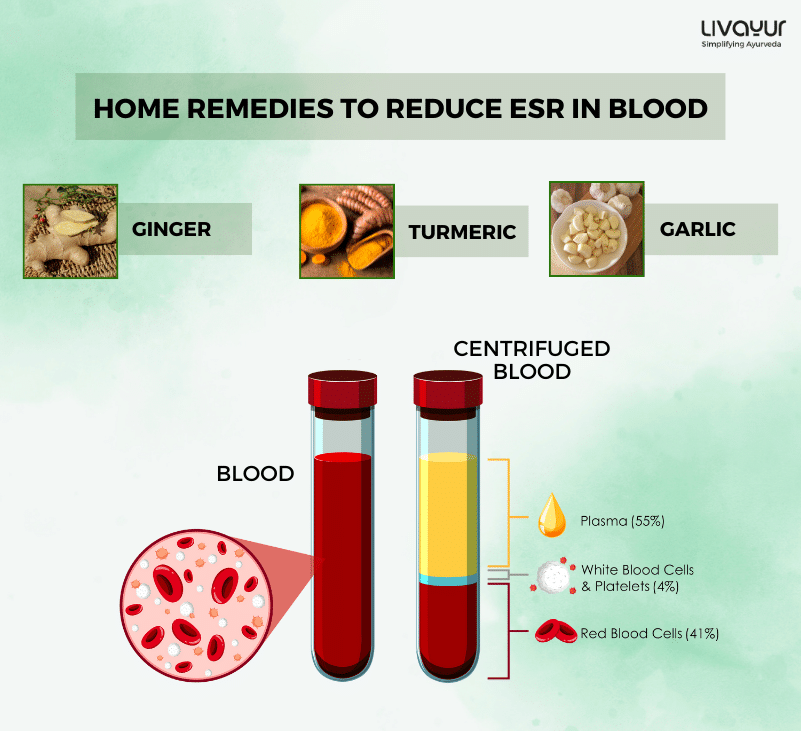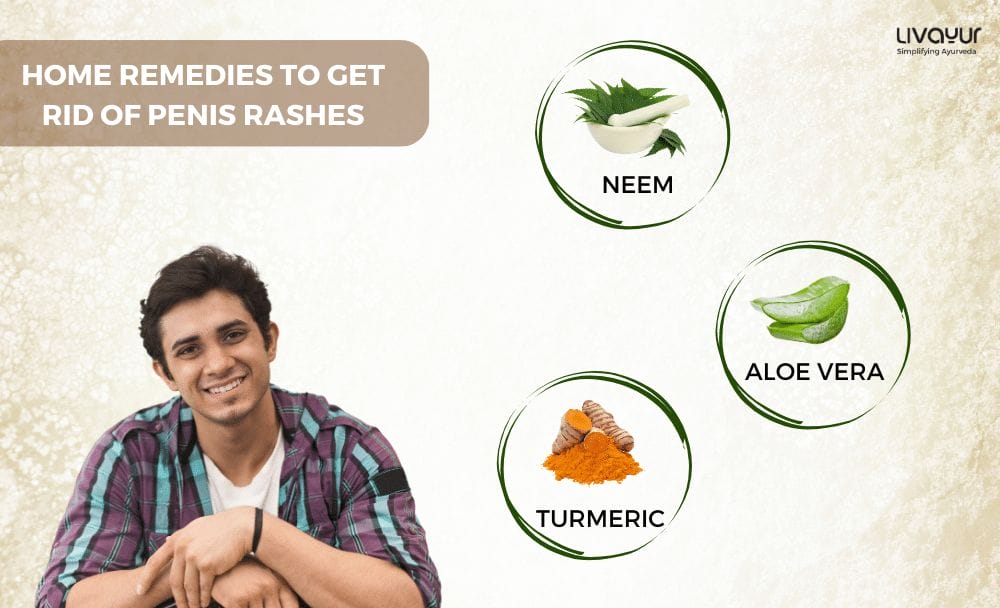
Has an episode of penile rash driven you crazy? It indeed puts you into a troublesome situation. Dealing with a penis rash can be uncomfortable and distressing. However, rest assured; you’re not alone. Penile rashes can occur for several reasons, like infections and allergic reactions. Recognizing the underlying causes and finding effective home remedies is essential for managing and treating these rashes.
This article explores the common causes of penis rashes and provides ten proven home remedies to alleviate the discomfort. So, let’s delve into this topic and discover practical solutions to promote healing.
What is a penis rash?
A penis rash is an abnormal skin condition or irritation that appears on the penis. It can manifest as redness, itching, swelling, bumps, blisters, or a combination of these symptoms. While a penis rash can be uncomfortable and concerning, it is usually a temporary condition you can resolve with proper care and treatment.
A penile rash can have various causes, including infections, allergies, irritants, or underlying medical conditions. Identifying the specific cause of the inflammation is crucial for effective treatment. If you notice any unusual changes in your penile skin, it is advisable to consult a healthcare professional for an accurate diagnosis. [1]
Did you know?
The different parts of the penis affected by penile rashes include:
- Foreskin (posthitis)
- Glans penis (balanitis)
- Both (balanoposthitis)
What are the Causes of Penis Rashes
Penile rashes can usually stem from the following common causes: [1]
1. Balanitis
Balanitis is the inflammation of the penis head and can contribute to developing a rash. Poor hygiene, irritation from harsh soaps or detergents, and fungal or bacterial infections are often responsible for this condition.
2. Yeast infection (candidiasis)
Candidiasis, commonly known as a yeast infection, can affect both men and women. In men, it can lead to a red, itchy rash on the penis. Excessive moisture, a weakened immune system, or sexual contact with an infected partner are typical triggers for yeast overgrowth.
3. Non-infectious skin conditions
Certain non-infectious skin conditions can cause penile rashes. These may include eczema, psoriasis, or contact dermatitis. They occur due to allergens, irritants, or genetic factors. The rash can accompany itching, flaking, and dryness.
4. Urinary tract infection (UTI)
UTIs can sometimes cause a rash on the penis. When bacteria interact with the urinary tract, they can lead to an infection. In some cases, the condition can extend to the penis. It can cause discomfort and a rash.
Want to get rid of UTI? Try These 20 Effective Home Remedies for Urine Tract Infection (UTI)
5. Sexually transmitted infections
Several sexually transmitted infections (STIs) can result in penis rashes. These include herpes, syphilis, gonorrhea, and more. Getting tested and seeking appropriate medical treatment is essential if you suspect an STI as the underlying cause.
What are the Signs and Symptoms of Penis Rashes
Symptoms of a penis rash may include:
- Mild burning
- Swelling
- The presence of red patches
- Plaques or blisters on the glans penis, along with nearby small pustules
- Moist, curd-like accumulations
- Painful erections
- Sexual dysfunction
- The foreskin is frequently affected, leading to a condition known as balanoposthitis in uncircumcised individuals [2]
- Whitish patches may also appear on the penis, accompanied by discomfort and irritation in the affected region
- Occasional discharge with an unpleasant odor, along with intermittent dryness in the affected areas.
- Itching on the underside of the penis head beneath the foreskin [3]
It is worth noting that balanitis can exhibit more severe clinical manifestations in individuals with diabetes or compromised immune systems, potentially leading to rapid swelling and ulceration in extreme cases. [2]
10 Effective Home Remedies to Cure Penis Rashes
Here are some home remedies that can alleviate the discomfort and promote the healing of penis rashes:
1. Good hygiene practices
Maintain proper hygiene by gently washing the affected area with warm water and mild soap. This is possibly the best लाल दाने पेनिस पर दाने का इलाज. Avoid harsh soaps and do not rub vigorously, as this can worsen the rash.
2. Apply a warm compress
Wondering what is the best लाल दाने पेनिस पर दाने का इलाज ? Applying a warm compress can help reduce inflammation and relieve itching. Use a clean, soft cloth soaked in warm water and gently apply it to the rash for a few minutes.
3. Coconut oil
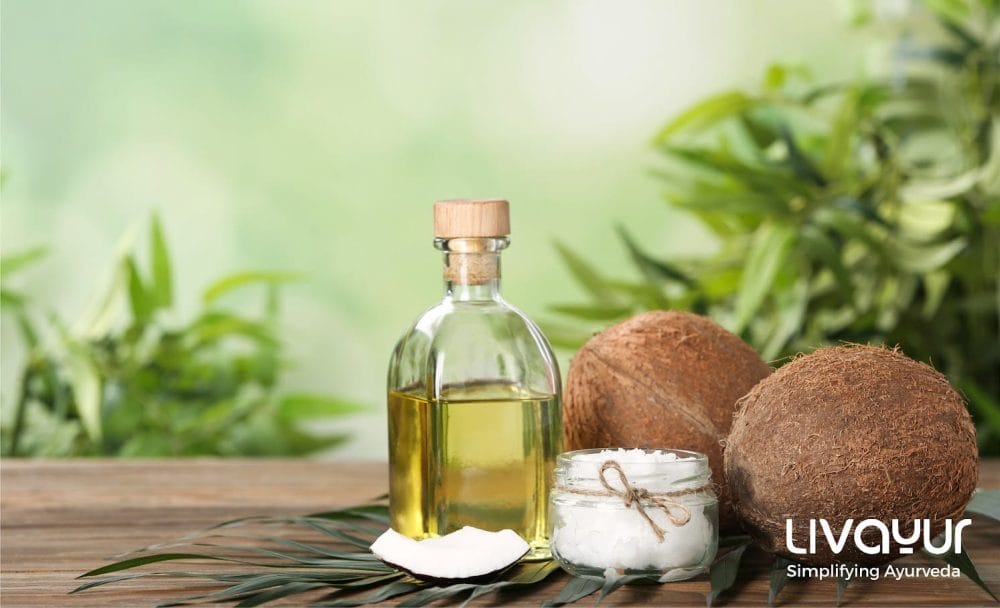
The antifungal and soothing properties of coconut oil can be beneficial for treating penile rashes and a great लाल दाने पेनिस पर दाने का इलाज. Apply a thin layer of organic, cold-pressed coconut oil to the affected area and leave it on for a few hours before rinsing.
You can also read our related blog on – Coconut Oil For Hair: Benefits And How To Use
4. Aloe vera gel
Aloe vera has soothing properties that calm the skin and promote healing. If you are looking for the best पेनिस पर दाने का घरेलू इलाज, apply pure aloe vera gel to the affected area and leave it on until it dries. Rinse gently with water.
5. Tea tree oil
Tea tree oil has multiple benefits, and if you are looking for पेनिस पर दाने का घरेलू इलाज, use a few tea tree oil drops in coconut or olive oil. Next, apply it to the rash. Tea tree oil possesses antimicrobial properties that may help combat fungal or bacterial infections.
6. Oatmeal bath
An oatmeal bath can relieve itching and irritation and be a great penis itching home remedy. Add a cup of colloidal oatmeal to warm water and soak for 15-20 minutes.
7. Calamine lotion
Applying calamine lotion to the rash can provide a cooling effect and help relieve itching. Follow the packaging instructions for proper application.
8. Witch hazel
Witch hazel has anti-fungal, anti-inflammatory, and astringent properties that can help soothe irritated skin. Apply witch hazel extract to the affected area using a cotton ball a few times daily.
9. Avoid irritants
Identify and avoid irritants such as scented soaps, detergents, or harsh chemicals that may worsen the rash. Opt for gentle, fragrance-free products instead.
10. Stay hydrated and eat a balanced diet
Drinking enough water and maintaining a nutritious diet can support skin health and immune function. It will help the body fight off infections and promote healing.
Penis Rash Treatment and Ayurveda
Some Ayurvedic herbs and remedies may provide relief from penile rashes.
1. Neem
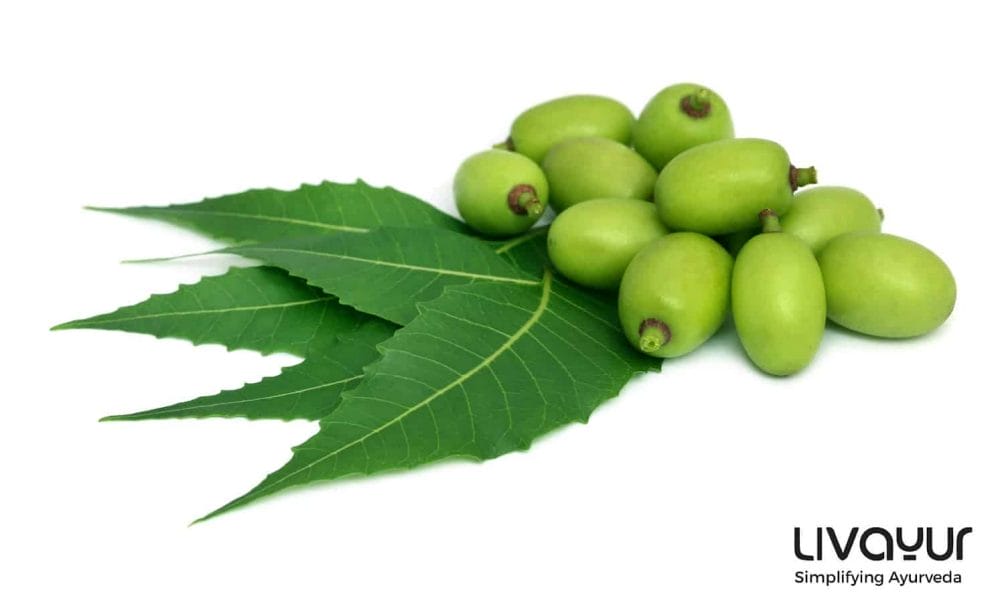
Neem is known for its antibacterial properties and acts as a great remedy. It is helpful when used topically or as an ingredient in Ayurvedic formulations to combat infections.
2. Haldi
This is one of the best penis itching home remedies with its anti-inflammatory and healing properties, which may also be beneficial when applied as a paste.
3. Ghritta Kumari/Aloe Vera
Known for its soothing and moisturizing qualities, it can help calm the affected skin and act as an effective home remedy for penis itching.
Other herbal plant extracts and essential oils that can relieve the itchiness associated with penis rashes include safflower plant extracts and seed essential oil, wild jujube extracts, castor oil plant extracts, Indian willow plant extracts, wild mustard plant extracts, marsh mallow, pot marigold, ganja, etc. [4]
When to see a doctor?
While home remedies can often help alleviate penile rashes, the following situations make it crucial to seek medical attention:
1. Persistence or worsening
If the rash persists or worsens despite home remedies and proper care, seeing a healthcare professional is essential. It could be an underlying condition that requires medical intervention.
2. Severe discomfort
If the rash is causing severe pain and significant discomfort, it’s advisable to seek medical help for appropriate treatment.
3. Spreading or changing appearance
If the rash starts spreading to other areas or shows changes in appearance, it may be a sign of an infection requiring medical attention.
4. Presence of other symptoms
If the rash has other symptoms like difficulty urinating, it’s vital to consult a doctor. It could be a serious underlying condition or sexually transmitted infection.
5. History of chronic conditions
If you have a history of chronic skin conditions or underlying medical conditions, it’s essential to consult a healthcare professional for proper guidance.
6. Uncertainty about the cause
If you’re unsure about the cause of the rash or have concerns about its origin, it’s best to seek medical advice. A healthcare professional will thoroughly examine and provide an accurate diagnosis.
How to Prevent Penis Rashes
- When it comes to preventing penile rashes, it is important to maintain good hygiene and follow the simplest penis itching home remedy that is to wash and dry the area well before covering it with cloth.
- Circumcision also stands as the most effective treatment, as studies have shown that the early circumcision of males significantly decreases the likelihood of developing penile inflammatory conditions. [2]
- One of the easiest penis itching home remedies is to maintain adequate hydration, intake of a healthy diet, and seasonal fruits.
Shaman chikitsa involving Kapha-Pitta shamak and Rakatshodhak herbal formulations. [3]
FAQs on Penis Rashes
1. How do you stop a private rash?
It is essential to understand the cause behind the rash. Practice good hygiene and keep the affected area clean and dry. Use gentle soaps and avoid scratching the rash.
2. What is the fastest way to get rid of a rash?
The fastest way to get rid of a rash depends on its cause. While there is no one-size-fits-all solution, some general tips include keeping the affected area clean and dry and avoiding known triggers or irritants. However, it’s crucial to consult a healthcare professional for an appropriate treatment.
3. What is the best penis rash treatment?
The best penile rash treatment depends on the underlying cause. Treatment options may include topical antifungal or antibacterial creams, corticosteroids for inflammation, or specific medications for sexually transmitted infections.
4. How to choose the best penile rash cream?
When choosing a penile rash cream, it’s essential to consider the underlying cause of the rash. An antifungal cream may be appropriate if the inflammation is due to a fungal infection. For bacterial infections, creams with antibacterial properties may be helpful. Always consult a healthcare professional for proper guidance.
Conclusion
Dealing with a penis rash can be discomforting. However, it can be manageable with proper understanding and care. Recognizing the underlying causes is crucial for effective treatment. While home remedies like good hygiene practices and warm compresses can provide relief, it is vital to seek medical attention when the rash persists or worsens.
A doctor can guide you toward the most appropriate treatment plan. Taking proactive steps and seeking timely care can help you find relief and promote healing.
Disclaimer
The information provided here is not intended to replace professional advice or treatment.
